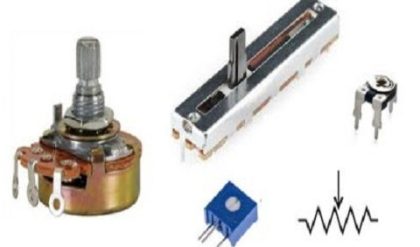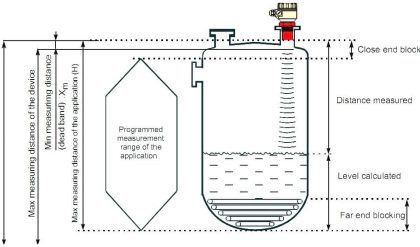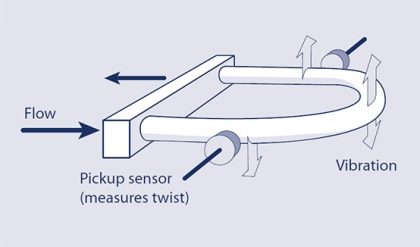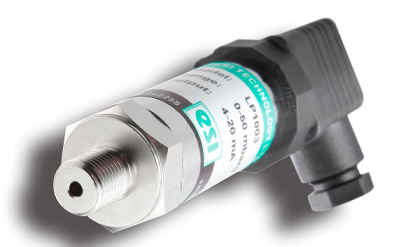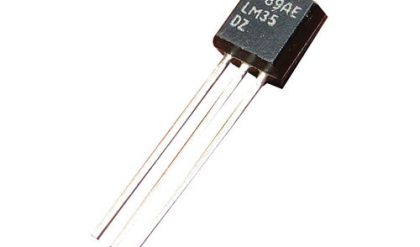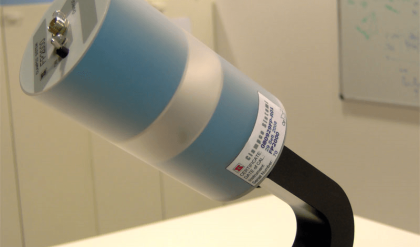Introduction
We can divide instruments into active and passive according to the consumption of power.”Active” means is that some component inside requires power, either a battery or an external voltage source for working. “Passive” just means that no components inside need to be powered. Examples of active components include transistors, LED lights, and op-amps or other IC chips. Common passive components include resistors, capacitors, and most potentiometers (“pots”) like a volume knob.
Passive instruments
Instruments are divided into active or passive ones according to whether the instrument output is entirely produced by the quantity being measured or whether the quantity being measured simply modulates the magnitude of some external power source. This is illustrated by examples. An example of a passive instrument is the pressure-measuring device shown in Figure below.

The pressure of the fluid is translated into a movement of a pointer against a scale. The energy expended in moving the pointer is derived entirely from the change in pressure measured: there are no other energy inputs to the system.
Active instruments
An example of an active instrument is a float-type petrol tank level indicator as sketched in Figure below. Here, the change in petrol level moves a potentiometer arm, and the output signal consists of a proportion of the external voltage source applied across the two ends of the potentiometer. The energy in the output signal comes from the external power source: the primary transducer float system is merely modulating the value of the voltage from this external power source.

Difference between active & passive instruments
In active instruments, the external power source is usually electric, but in some cases it may be other forms of energy, such as pneumatics or hydraulics. A very important difference between active and passive instruments is the level of measurement resolution that can be obtained. With the simple pressure indicator shown, the amount of movement the pointer makes for a particular pressure change is narrowly defined by the nature of the instrument. While it is possible to increase the resolution of the measurement by making the pointer longer, so that the tip of the pointer moves through a longer arc, the scope of such improvement is clearly restricted by the practical limit of the length of the pointer. However, in an active instrument, adjusting the magnitude of the external energy input allows much greater control over the resolution of the measurement. Although the scope to improve the resolution of the measurement is much greater incidentally, it is not infinite due to the limitations imposed on the magnitude of the external energy input, in consideration of the heating effects and for safety reasons. In terms of cost, passive instruments are usually of a simpler construction than assets and, therefore, are cheaper to manufacture. Therefore, the choice between active and passive instruments for a particular application involves carefully balancing the measurement resolution requirements with the cost.

